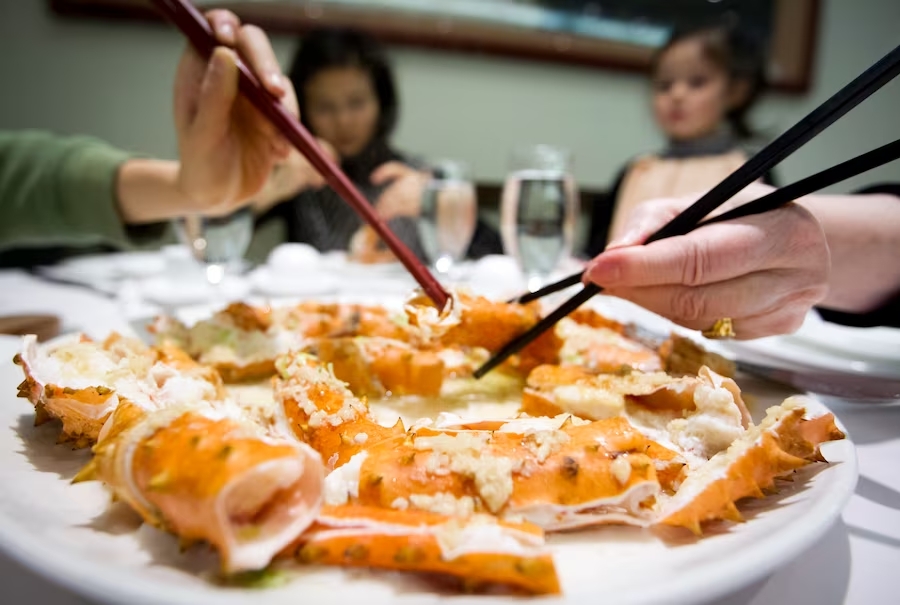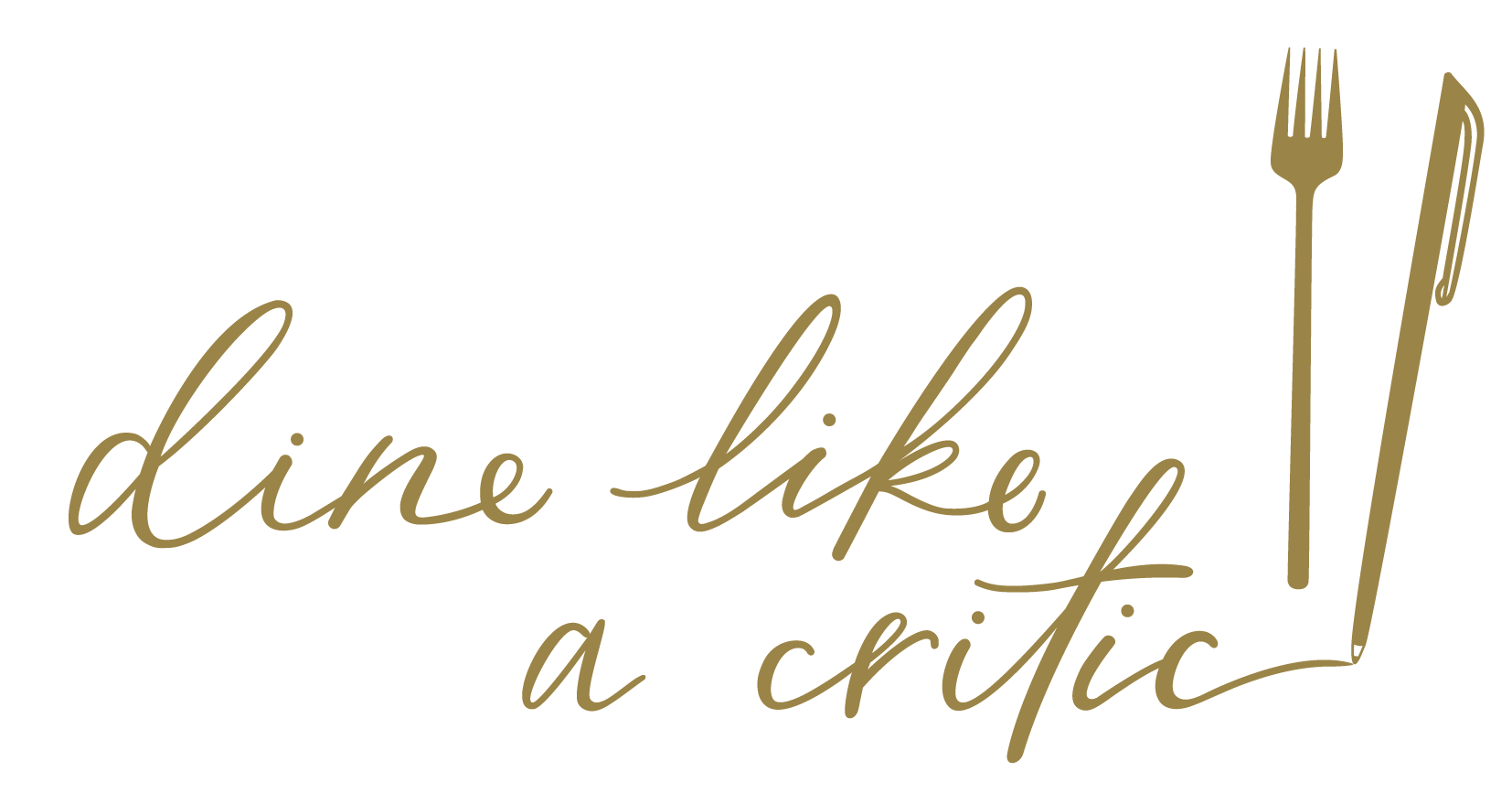The queries began pouring in a few weeks ago: “Is it king crab season yet?” “When does the festival kick off?”
The Alaskan king crab festival has been one of the most anticipated dining events in the Lower Mainland since the mid-1980s. An unofficial festival celebrated mainly in Chinese restaurants, it would last for about a month, beginning in mid-March, when the so-called World’s Deadliest Catch was shipped live to Vancouver in large quantities and offered in two-, three-, and four-course feasts, at substantially reduced prices – as low as $13.80 a pound 10 years ago.
Sadly, those bargain-day deals are done. This year, spring-season prices range from $39 to $49 a pound (going as high as $60 to $70 at some restaurants.) That’s double what they were five years ago, when prices ranged from $19.99 to $29.80.
“No, it’s not a festival anymore,” says Serah Chan, marketing coordinator for the Kirin Restaurant Group. “The price from the supplier is so expensive and the quantity we get is less and less. Sometimes, we can’t get any.”
In the beginning, the festival was pioneered by Sun Sui Wah. The legendary Cantonese banquet-style restaurant on Main Street (now with a second location in Richmond) began serving the live, writhing, spiny-knobbed creatures for the new wave of Hong Kong migrants, who favoured the plush texture and sweet flavour of live crab over frozen. Later on, the idea of a season or festival also helped lure Chinese diners back to restaurants after the slow spell following Chinese New Year.

The Alaskan king crab festival has been one of the most anticipated dining events in the Lower Mainland since the mid-1980s. JOHN LEHMANN/THE GLOBE AND MAIL
Sun Sui Wah was the first Chinese restaurant in Vancouver to build dining-room seafood tanks large enough to hold all the live crab – the best ones for eating, with a higher flesh-to-shell ratio, are the monsters, weighing eight pounds or more.
Connections were made, steady supplies were established and the competition heated up. Up until a few years ago, it was rare to find a decent Cantonese restaurant in Vancouver, Burnaby and Richmond that didn’t offer fresh king crab for special prices at this time of year. It wasn’t all coming from Alaska anymore, but we’ll get to that in a bit.
The crab was typically served two ways (and still is, if you’re willing to pay the price): steamed legs slathered in garlic, egg-white XO sauce or ginger-soy sauce; or deep-fried knuckles tossed with crispy garlic and chili sauce. For an additional $5 to $10, the kitchen would toss the juices from the steamed leg platters with noodles or pick the meat from the body and turn it into a creamy, Macau-style coconut curry with fried rice.
It was an amazing seafood feast. The dense legs were so lush and sweet, the various preparations so tasty, satiating and texturally satisfying. It was also enormously entertaining to watch the servers roll your crab over to the table in a trolley, grab the writhing red beasts by the tips of their alien-like legs and dangle them like puppets. Diners would scream in delight and camera flashes went crazy.
It was also a unique, made-in-Vancouver experience. There are apparently some restaurants in Hong Kong that now serve king crab this way and call it Vancouver-style.

The unofficial festival celebrated mainly in Chinese restaurants would last for about a month, beginning in mid-March. JOHN LEHMANN/THE GLOBE AND MAIL
About five years ago, the season started getting shorter (some years, it was less than two weeks) and the prices began climbing exponentially. There were several reasons for this.
First, in 2005, the Alaskan crab fishery changed from a derby-style season to a quota system. Instead of having all boats race out at the same time, the season was spread out over several months. This was partly for safety reasons, partly because the king crab population was declining, partly to satisfy growing year-round demand for live crab in China and partly to address competition from the largely illegal Russian king crab fishery, which had been driving prices down.
In Vancouver, this meant there was no longer an abundant supply of crab at any one time of year. The idea of a high season is defunct. Restaurant prices were actually less expensive in October, about $32 a pound, when the fishery opened.
Second, most of the Alaskan catch is now being diverted to China, where suppliers can fetch much higher prices. According to Sina News (in an article translated by seafoodnews.com), Shanghai airport received about 35 tons of king crab in 2017 – more than 10 times the amount it received the previous year.
To make up the difference and satisfy local demand, many Chinese restaurants in Vancouver have been celebrating the Alaskan king crab festival with Russian crab. The problem with this is that the Alaskan fishery is well managed, the Russian fishery less so, with much of the harvest being illegal, unregulated and unreported.

Up until a few years ago, it was rare to find a decent Cantonese restaurant in Vancouver, Burnaby and Richmond that didn’t offer fresh king crab for special prices at this time of year. JOHN LEHMANN/THE GLOBE AND MAIL
The Monterey Bay Aquarium’s Seafood Watch program lists red, blue and golden king crab caught in the Russian Bering Sea and the North Sea of Japan as species to avoid.
But now, even Russian crab is no longer an option. According to Tri-Star Seafood Supply in Richmond, the king crab coming from Asia and Korea is more expensive than Alaskan – $50 a pound wholesale – and they don’t carry it anymore.
They don’t have any Alaskan crab, either. “The fishermen say the harvest is very slow, only a few pieces for each boat and they cannot ship to Vancouver,” a Tri-Star supplier said last week. “Right now, it’s hard to say if we’re going to get any.”
“It’s sad,” says Ms. Chan, noting that Kirin only had a few Alaskan king crab in each of their restaurants last week. “In the last three years, I’ve only eaten it once. Maybe we’ll have to create a new seafood dish to replace it.”


